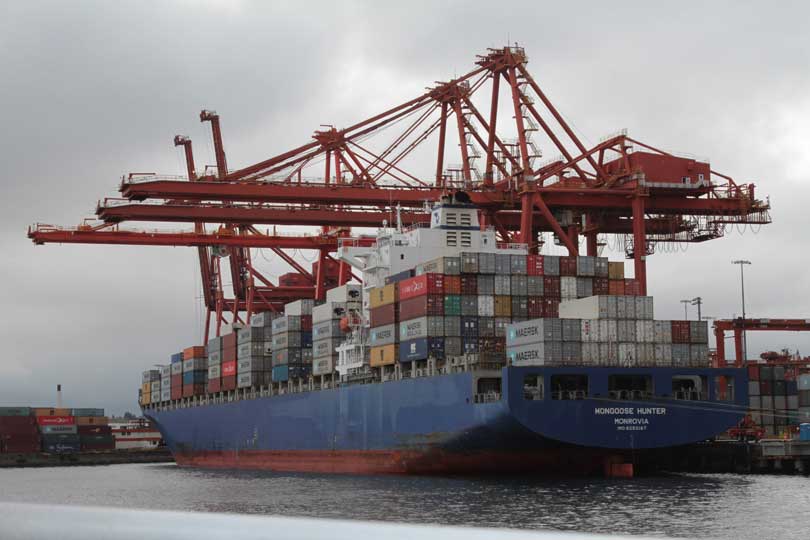American Farm Bureau Federation (AFBF) policy experts gave an overview of the issues expected to affect farmers and ranchers in 2019 in a workshop at the organization’s 100th Annual Convention.
David Salmonsen, senior director of Congressional Relations for AFBF, said the diverse impacts of tariffs, the outcomes of free trade agreement negotiations and the future of relations with China are all critical for the future of agricultural exports and the growth of American agriculture.
Salmonsen discussed the United States-Mexico-Canada Agreement (USMCA) and outlined the process for ratification.
“It could be quick or it could be slow, but there is a timeline that has to be followed,” Salmonsen said.
If USMCA is implemented, it will increase quota access for U.S. dairy products into Canada and end Canada’s Class 7 pricing. It will also keep agricultural tariffs between the U.S. and Mexico at zero.
Salmonsen said the U.S. has also begun trade negotiations with Japan, the European Union and the United Kingdom.
He also noted a U.S. delegation visited China to negotiate last week, but there have been no formal announcements yet from the administration.
“All of these negotiations are with major trading partners,” Salmonsen said. “These are substantive and important negotiations that we will be following very closely throughout the coming year.”
Salmonsen was joined by AFBF director of Congressional Relations Veronica Nigh, who discussed the economic impacts of the trade issues and tariffs, noting that exports will continue to be important to U.S. agriculture.
“Ninety-five percent of the world population is outside the U.S., so export markets will always be our opportunity for growth,” she said.
Overall, 20 percent of U.S. agricultural production is exported.
Discussing the potential impact of USMCA, Nigh said that while it is positive that the U.S. will be exporting more dairy to Canada, it isn’t going to be a major mover of the market as Canada’s total population is 36 million people, and the country has a strong domestic dairy industry. But it is a positive sign for U.S. agriculture.
Citing the impact of Chinese tariffs, Nigh said that agricultural exports to China were down by $2 billion in 2018, and U.S. Department of Agriculture forecasts exports to decline by an additional $7 billion in 2019.
China was ranked as the U.S.’ second-largest trading partner for several years but is projected to be fifth in 2019. Currently, 99 percent of all U.S. agricultural products exported to China are subject to tariffs.
Nigh said the biggest concern is that many countries grow soy and corn, and now there’s room in China’s markets for these commodities.
“We could lose the market even if the tariffs eventually go away, and it would take time to restore these markets.”

